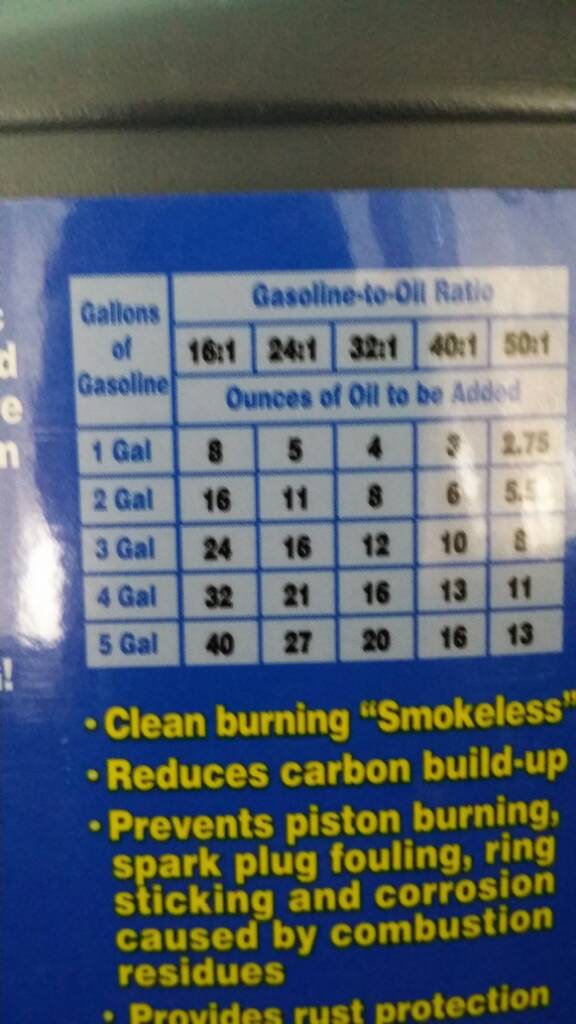Ya' know?? I just don't watch TV... or very little anyway... never really have (I find it boring, it normally puts me to sleep).That show was a riot. One of the last few things MTV did right before they turned into a puss-bag show.
I'll watch a bit during the winter... on average, maybe an hour per week... but this time of year an hour per month is a stretch. We're 15 days into this month and I ain't watched 10 seconds of TV... probably something over three weeks since I've even looked at it. On a stormy Sunday afternoon I might watch part of a NASCAR race or a baseball game... which always turns into a nice nap. Seriously, if it weren't for the wife and kids, I likely wouldn't even own a TV... but, we've got 5 of 'em connected to a satellite dish in the house now
*
























































